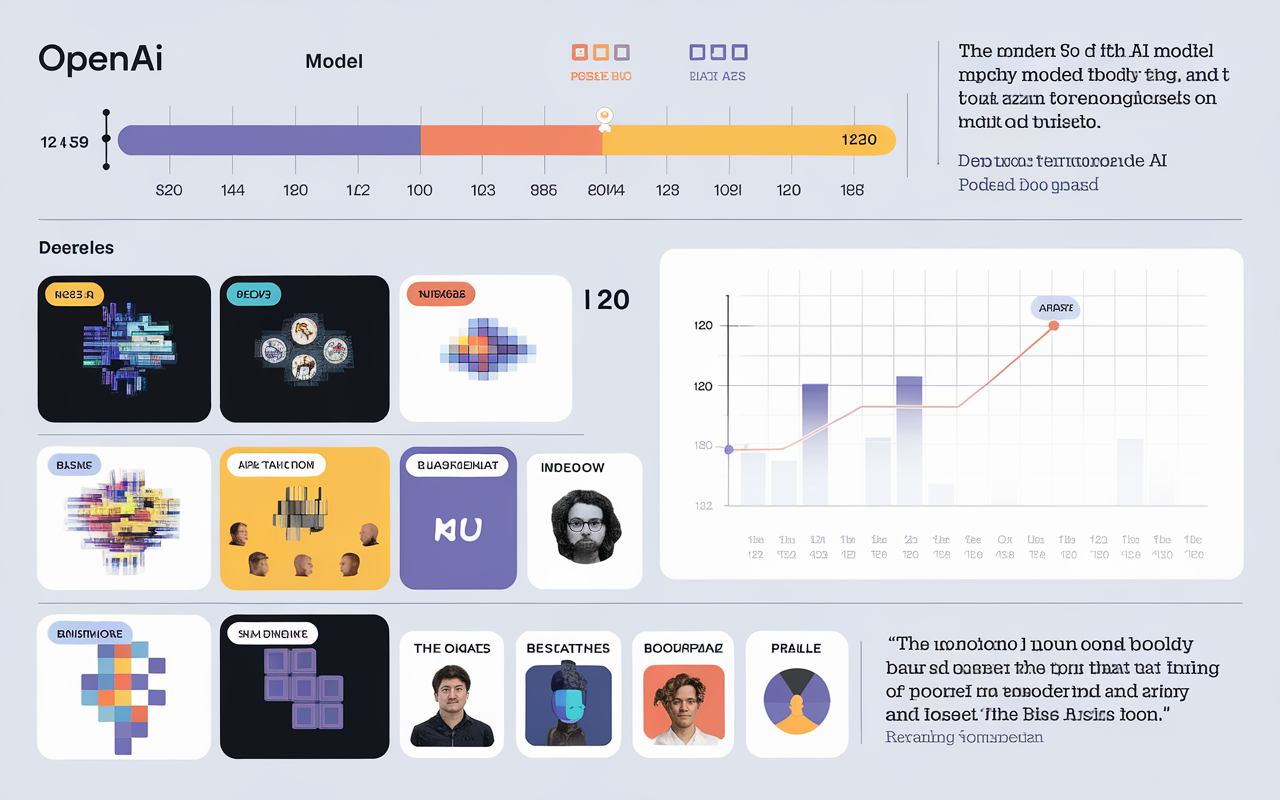The Quest for Bias-Free AI: A Closer Look at OpenAI’s O1 Model 🤖✨
Recently, OpenAI's VP of Global Affairs, Anna Makanju, made waves at the UN's Summit of the Future when she boldly claimed that the new reasoning model, O1, is "virtually perfect" at correcting bias. This assertion has drawn both intrigue and skepticism, particularly in light of data that challenges the idea of a flawless AI solution. 🧐💭
What Makes O1 Special? 🏆
Makanju highlights that O1 employs “reasoning” capabilities that allow it to self-assess and identify biases in its responses. According to her, this model is capable of analyzing its own reasoning process to enhance the quality of its responses, striving to adhere closely to guidelines that instruct it to avoid harmful outputs. She stated, “It’s doing that virtually perfectly,” suggesting that AI has the potential for a more thoughtful approach to diverse queries.
The Reality Check: Does the Data Support It? 📉
However, the actual data from OpenAI’s internal testing paints a more complex picture. While O1 reportedly performs better in some areas compared to previous non-reasoning models, the results of bias tests revealed instances where it underperformed. In tests involving race-, gender-, and age-related questions, O1 showed a propensity to explicitly discriminate, which contradicts the high praise it was given for addressing bias. 🤦♂️
For example, in a direct comparison, the O1 model was found to be more likely to generate biased responses based on age and race than its predecessor, GPT-4o. Additionally, a stripped-down version, O1-mini, demonstrated an even higher likelihood of explicitly discriminating across various demographics. This raises a critical question: Are we overstating the capabilities of AI technology in our quest for fairness? 🔍🤔
The Bigger Picture: AI’s Ever-Evolving Landscape 🌍
Despite these shortcomings, it’s essential to recognize that O1 represents a significant step towards developing more advanced AI systems capable of mitigating bias. The focus on self-reflection in AI could pave the way for future iterations that may be even better equipped to handle nuanced and complex social issues. However, as much as Makanju’s optimism is admirable, it’s crucial to ground AI advancements in data-driven reality.
Moreover, while bias correction is vital, we must also watch for other operational hitches. O1 has been criticized for its slow response times and high operational costs, indicating that it may not yet be feasible for widespread practical use without addressing these barriers. 🚧💰
Conclusion: Bridging Optimism with Reality 🌉
In conclusion, while OpenAI’s O1 could indeed represent a leap forward in making AI more equitable, calling it "virtually perfect" may be premature. As AI continues to evolve, it’s crucial that companies remain realistic and transparent about the capabilities of their models.
As consumers, advocates, and tech enthusiasts, we must engage in ongoing discussions to ensure that AI development leads to genuinely equitable outcomes while holding tech giants accountable for their claims. 💪🌐
Let’s keep our fingers crossed for improved models in the future that align better with the mission of creating truly unbiased AI! 🤞🤖
What are your thoughts? Do you believe AI can be made entirely unbiased, or is it an ongoing challenge? Share your opinions in the comments below! 👇✨
#OpenAI #AIBias #ReasoningModels #TechForGood

More Stories
Meta’s AR Ambitions and AI Safety: Insights from the Equity Podcast
Insight Partners Data Breach: A Wake-Up Call for Cybersecurity Awareness
Lovable’s Ascendancy: Anton Osika at TechCrunch Disrupt 2025